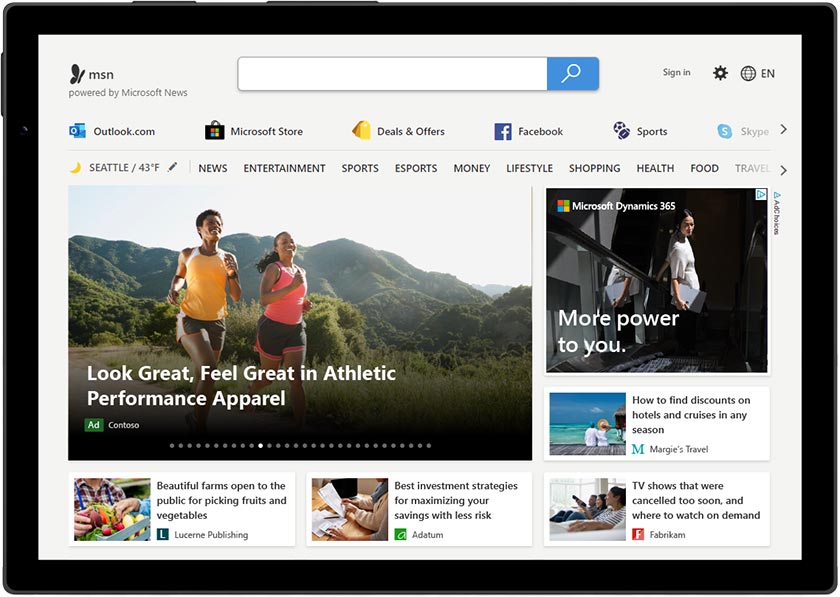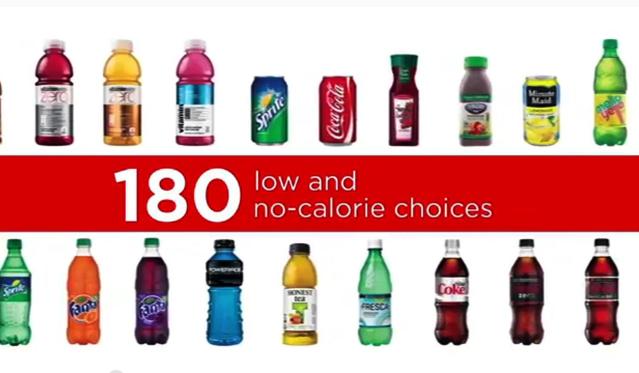
In the 1920s, radio advertising was a fairly new concept. Radio advertising was a new concept and many companies and agencies took advantage. Radio ads were more creative than print advertisements. They targeted certain people using specific words, images and phrases. This allowed them to convince their consumers that they were selling their product.
As the industry grew, some companies hired musical acts to perform on commercially sponsored programs. The medium gained popularity as more people bought radios to listen to it. By the 1920s, nearly all stations were carrying commercially sponsored programming. The first advertisers were large corporations.
Advertisers started to test the effectiveness of radio marketing tools. Remick’s Music Store bought a large ad promoting KFC, in March 1922. Later in the year, they exchanged sponsorship for a weekly program.
Other companies saw the value of radio advertising and embraced it. Some of the earliest radio advertisers included the Queensboro Corporation of New York and the American Telephone and Telegraph Company (AT&T). Although they weren't necessarily the first to advertise on radio stations, these two companies were the most prominent.

As the radio industry developed, smaller stations started to cover areas that were not as densely populated. These smaller groups were sometimes called "networks" and offered advertisers the ability to reach a wider audience.
Radio advertising has become a very profitable business. American companies spent over $3 billion on advertisements by 1929. But, the Great Depression devastated the industry. This was due to several factors.
Advertisers hoped that radio advertising would convince people to buy their products. The medium was easy to observe. It was also relatively cost-effective in reaching a target audience.
Radio was also considered to be a relaxing and entertaining medium of entertainment. Listeners could tune on at any time. During the Great Depression many people decided that buying material goods was the best way of spending their money.
Advertisers wanted to convince consumers that their products were better than their rivals. Advertisers claimed that the products they offered were more convenient, healthier, and safer than their competitors. During the 1920s, Americans had more money and believed their success was dependent on their ability to buy more material goods.

The 1920s represented a major shift in American identity. Advertising had more options to reach their audience because more people had radios. Radio advertising is another way for companies to build brand recognition. Some companies employed professional window dressers, while others hired men to wear sandwich boards on the streets.
In the early years of radio, advertisers focused on testing the benefits of premium offers. They also measured the frequency and circulation of their radios. After they realized that their products were becoming very popular, they continued to test them. Some radio stations stopped carrying commercials until the middle of the 1920s.
FAQ
What is advertising's main purpose?
Advertising is more about connecting with customers than just selling products.
Advertising is about communicating values and ideas to people who are interested in your products or services. Advertising is about changing people's minds and attitudes. And it's about building relationships.
It is all about making people feel good.
But if you don't know what your customers want, you can't sell anything to them.
So before you start any advertising project, you should first understand your customer's needs and wants, and buying habits.
This will allow you to create ads that resonate with your target audience.
What are the basics of television advertising?
Television advertising is an extremely effective medium for reaching many people at once. It was also extremely expensive. However, it can be powerful if you use the device correctly.
Although there are many kinds of TV ads to choose from, all share the same characteristics. The first thing to remember when planning any type of TV ad is to ensure it fits into its category. It is not a good idea to try and run a lifestyle TV commercial while running a product or service commercial. Your message should be consistent across the entire campaign.
The second thing to remember is that the best time to air your ads is during prime-time hours. This is because the majority of viewers will watch TV while they relax in front a set. You want them relaxed enough that they can focus on you words.
Last but not least, just because you have a lot of money does not mean that you will get great results. It may be the reverse. A University of California study found that commercials broadcast during popular shows had a lower chance of selling products than those broadcast during less-popular shows. You should ensure that you spend your money wisely if you plan to advertise on television.
What should you know about internet marketing?
Internet advertising is an important part of any business strategy today. It helps companies reach potential customers at a low cost. There are many kinds of internet advertising. Some are free, while others require payment.
There are many ways to advertise online, including pop-up ads and banner ads. Each method offers its own advantages and disadvantages.
Advertising what is it?
Advertising is an art. It's more than just selling products. It's about building emotional connections between brands and people.
Advertising is about storytelling and using images to communicate ideas.
You have to make sure you are communicating clearly and persuasively. Your target market should be able to relate to the story you tell.
Advertising is thus different from other forms, such public speaking, writing, and presentations.
By creating a successful campaign, you can create your brand identity.
And this is how you become memorable. You will be remembered by others.
How much does it take to advertise on social networks?
Social media advertising is expensive if you choose to take this route. You will be charged monthly for your time spent on each platform.
Facebook - $0.10 for 1,000 impressions
Twitter: $0.20 per 1,000 impressions (if your tweet is on Twitter)
Linkedin - $0.30 for 1,000 impressions if your send out invitations
Instagram - $0.50/1000 impressions
Snapchat - $0.60 Per 1,000 Impressions ($0.40 per User)
YouTube - $0.25 for 1,000 views
Tumblr - $0.15 per 1,000 impressions for text posts.
Pinterest - $0.05 per 1,000 impressions per month
Google + $0.15-$0.20 Per 1 Million Impressions
Tumblr- $0.15-$.20 for 100,000 impressions
Vimeo - $0.20 - $0.25 for 10,000 impressions
Soundcloud - $0.20 to $0.0.25 per 1 Million Plays
StumbleUpon - $0.20 -$0.25 per 1 billion pageviews
Digg - $0.20 to $0.25 per 1000 diggs
Reddit - $0.20 - $0.0.25 per 1000 Comments
Wordpress – $0.20--$0.25 Per 500 Comments
Flickr - $0.20 -- $0.25 per 5,000 photo uploads
What is an advertiser buyer?
An advertiser can buy advertising space in TV, radio, or print media.
Advertisers pay for the time their message appears.
They are not necessarily looking for the best ad but rather what is most effective at reaching their target market.
An advertiser might have details about potential customers, including their age, gender and income.
The advertiser can use this data to determine which medium will work best for them. Direct mail might be more effective with older customers, for example.
Advertisers also consider the competition. If there are similar businesses nearby, they might choose to place their ads near those competitors.
Advertisers should also consider the budget they have and how long they plan to spend it before it expires.
What is an Ad Campaign?
An advertisement campaign is a series containing advertisements to promote a product. This could also include the entire production of these ads.
"Ad" is a Latin word that means "to sell." The first known use was by Marcus Terentius Varro (116-27 BC), who used it as a verb meaning "to make a sale."
Advertising campaigns are typically done by large agencies and companies. Many media types can be used in these campaigns, including television, radio and print.
Advertising campaigns can last up to six months and have specific goals. Campaigns can be targeted at increasing awareness or sales, for example.
Statistics
- It collects money from the advertisers, keeps 32% for its role in facilitating the process, and the remaining 68% goes to the publisher (you). (quicksprout.com)
- Worldwide spending on advertising in 2015 amounted to an estimated US$529.43 billion. (en.wikipedia.org)
- Nonetheless, advertising spending as a share of GDP was slightly lower – about 2.4 percent. (en.wikipedia.org)
- In 1919 it was 2.5 percent of gross domestic product (GDP) in the US, and it averaged 2.2 percent of GDP between then and at least 2007, though it may have declined dramatically since the Great Recession. (en.wikipedia.org)
External Links
How To
How to make sponsored ads on Facebook
Facebook is now one of the most used social networking sites. According to estimates, there are 1.79 million active monthly users around the world. The number keeps growing every day.
Facebook is completely free. However you can pay to reach specific audiences. You can also use paid advertising options, such as promoted posts or banners.
Log into the existing app if you already have it registered. You can also click on "Create New App". Next, follow these steps.
-
Click "Add Platform," under the Apps Section.
-
Select "Advertising", then click on Continue.
-
Please complete the form and submit it.
-
After approval you will receive a ClientID and Secret key. Copy them.
-
Paste the keys in the appropriate fields.
-
Type the campaign name and choose the currency.
-
Click "Start Campaign"
-
Follow the instructions until your first banner appears. Copy the URL, then go back to your Facebook profile.
-
Copy the code and paste it into the box provided to you by Facebook.
-
Click "Save Changes".
-
Your ad should be now live!
-
Repeat steps 10-12 to create each additional banner.
-
When finished, click "Continue" and proceed with the rest of the process.
-
Finish the last step to create your ad-group.
-
To view all your campaigns, click on the "View All Ads” button once you have completed.
-
Click "Remove ads" next to each ad to remove it.
-
If you don't see any results after running your campaign you should double-check that you followed the instructions correctly.
-
Check the date range of your campaign.
-
Set your budget accordingly.
-
Save your changes.
-
Before clicking "Submit", review the settings of your campaign.
-
Wait for your ads to appear on your timeline.
-
Congratulation on a job well accomplished!
-
Let's take a look at some ways to improve your results.